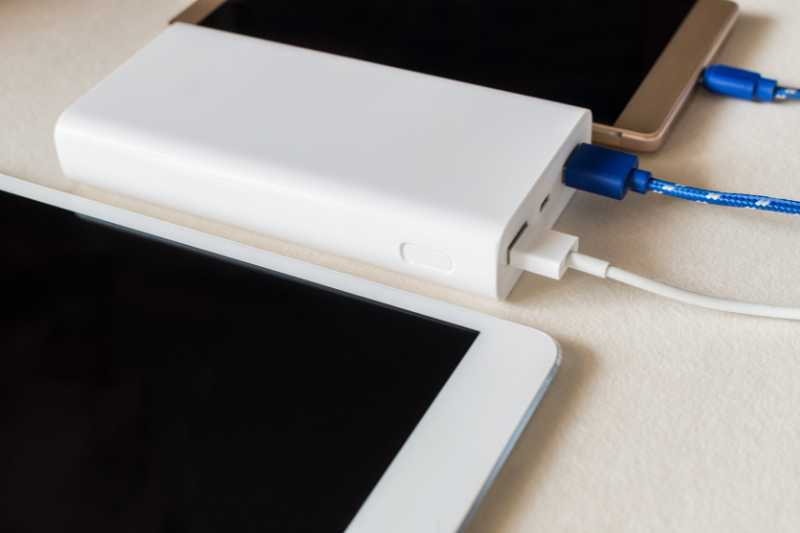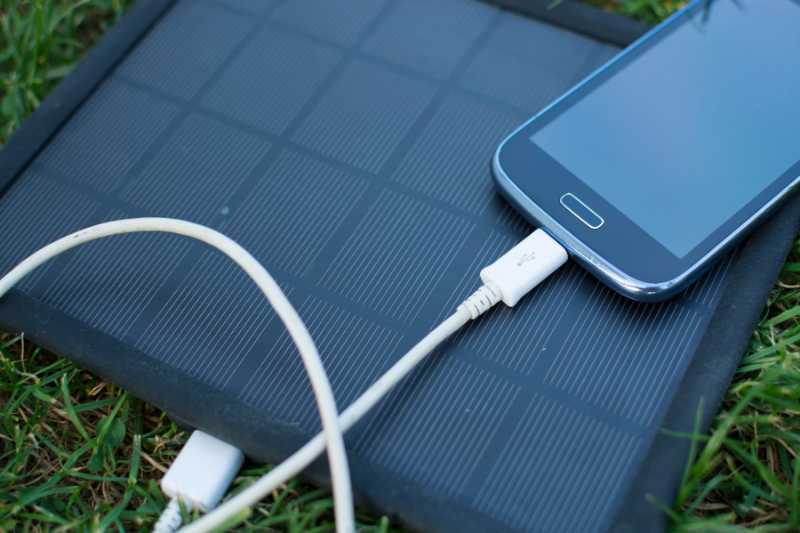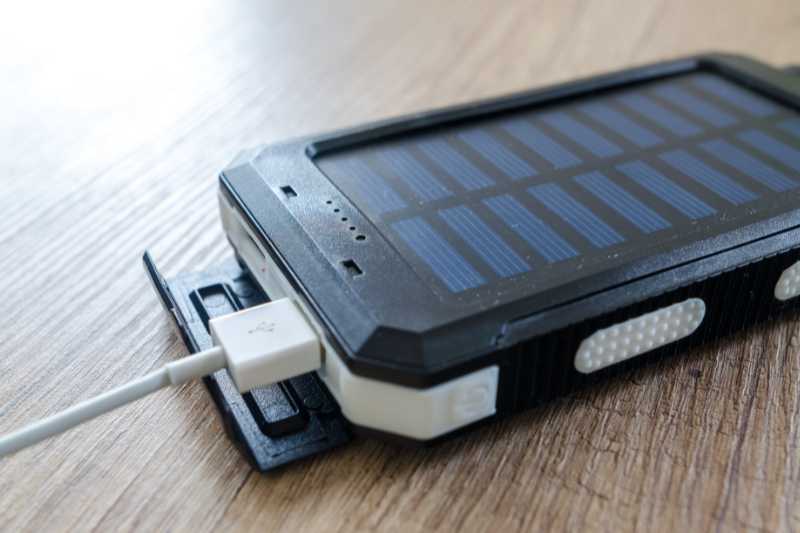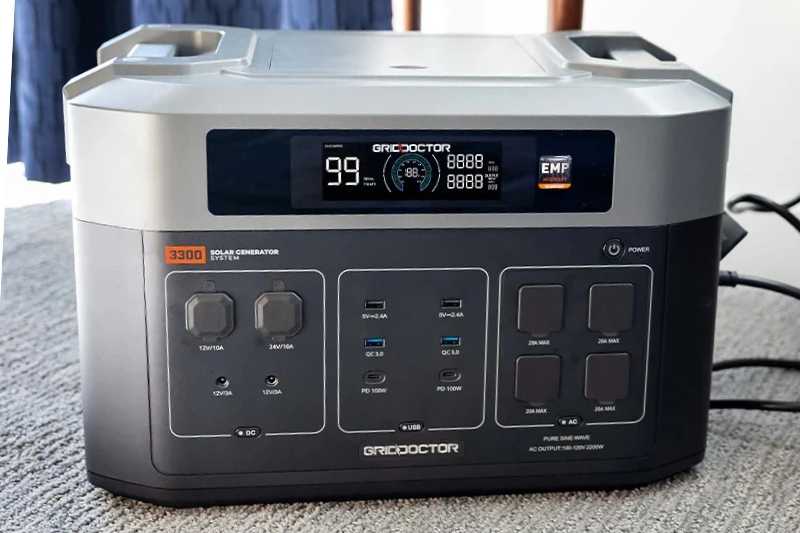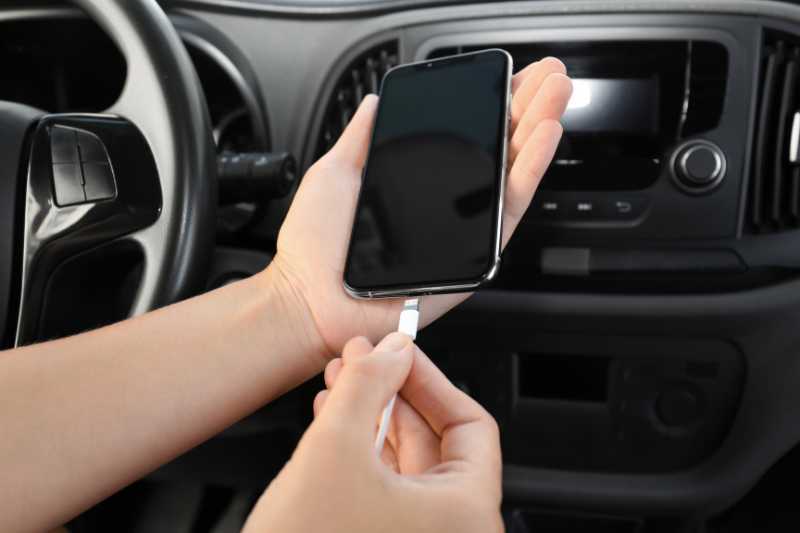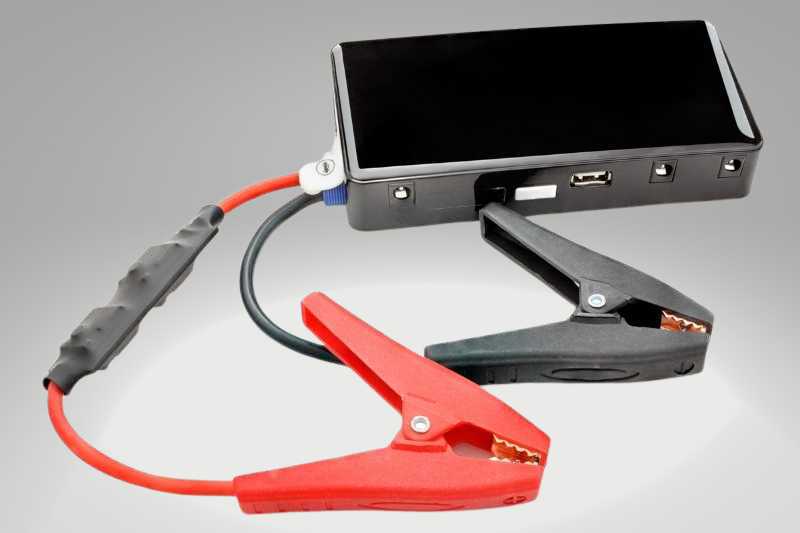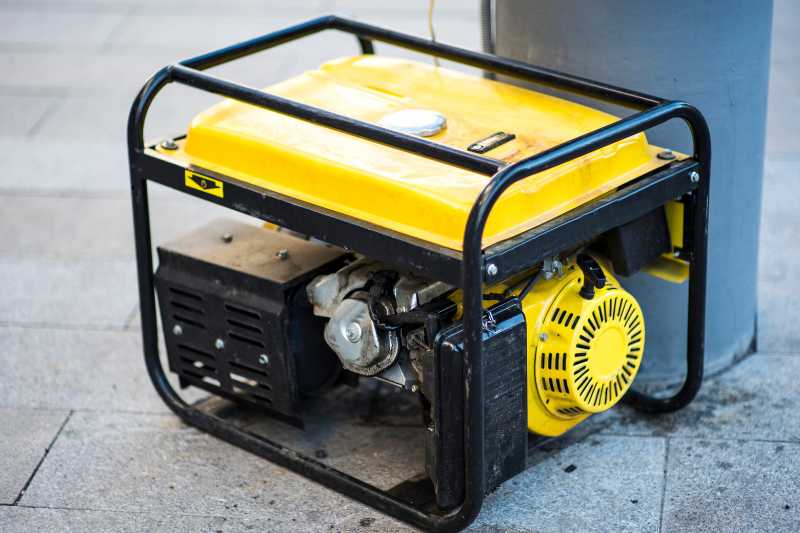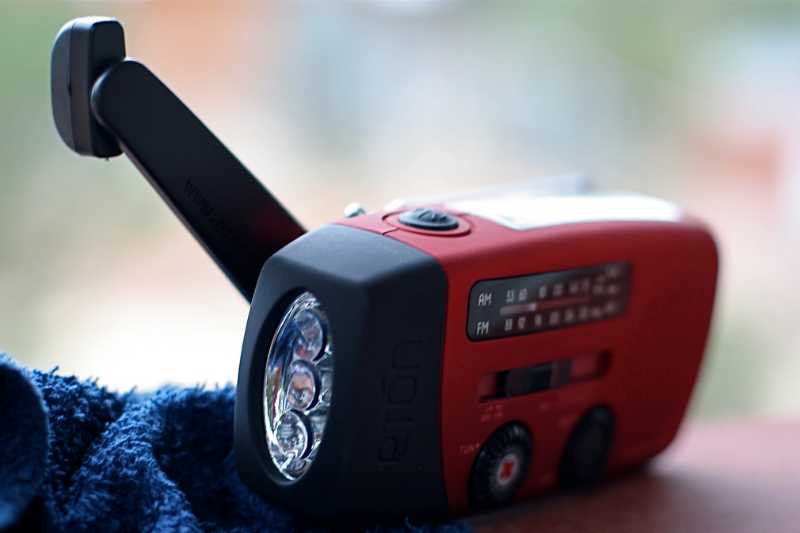Charge more than one device
Most battery packs are designed to be small enough to fit in a backpack yet powerful enough to fully charge two phones or even more, depending on the model. A fully charged battery pack can hold its charge for months, making it an excellent addition to a "grab & go" bag. However, it's important to periodically recharge them to ensure they’re ready when needed. On average, a battery pack takes between 3 to 8 hours to recharge, depending on its capacity and charging speed. These devices vary widely in specifications and pricing, and they can be found both online and in electronics stores.

